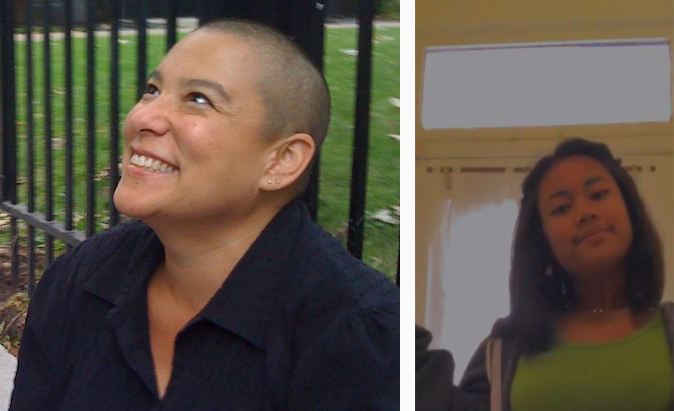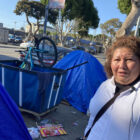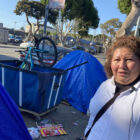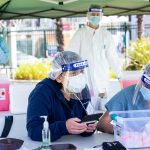Limiting social interaction to be almost entirely online has had serious mental health consequences, particularly for young people who would otherwise be in school. But the pandemic means that help in any form, from new friendships to sessions with a professional therapist, must also take place primarily online. High school sophomore Sadie Crawford and Dr. Martha Merchant, a clinical psychologist and lead consultant for the Healthy Environments and Response to Trauma in Schools program, spoke with “Civic” about building highly personal conversations about mental health virtually.
Crawford has noticed her friends and peers withdraw, responding to the circumstances that isolated them by dropping off of social media and talking with their friends even less.
“You watch as they kind of just wither away,” she said. “Because they can’t communicate, and they’re not placed in schools and stuff where it’s easier to have social interaction.”
The uncertainty and relentlessness of the ongoing shelter-in-place order have made young people feel hopeless, she said.
“It makes you kind of feel like there’s just no end. Just because we don’t know when COVID will be over, we don’t know when quarantine will be over,” Crawford said. “You’re just not doing anything. Nothing’s ever being stimulated, you don’t move, you don’t exercise. And then just, nothing is normal.”
Merchant, who in her private practice works with children younger than Crawford, has observed children grapple with current events and the often frightening image of the world the events present, from news of coronavirus deaths to law enforcement brutality and social movements in response to racist violence.
“It’s scary,” she said. “If the only view of the world that you have is through your little device, your phone or your television. And the news is happy to tell us all about the scariest stuff. So I do see anxiety and depression on the rise, even with younger kids too.”
For some students the closure of schools has also meant they no longer have the opportunity to casually walk into a wellness center and see a school therapist. Crawford said she knows people who have never sought out any other mental health support. With students at home sheltering in place, those opportunities no longer arise, and therapists can’t check in on students during the school day either, she said. On the other hand, Merchant said, other schools which have established virtual drop-in times for mental health care have seen an increase in student usage because youth can access those services without being seen entering a wellness center.
Even after overcoming the initial hurdle of seeking or accepting mental health support, getting right to the difficult topics can be uncomfortable.
“I started therapy during the pandemic, and so I had to meet my therapist over Zoom,” Crawford said. “You talk about the most, like, deep things that you don’t want to talk about with anyone else. And you had to meet that person over Zoom. It’s very weird.”
Therapists and young people alike have had to get creative to establish or maintain personal connections. Crawford, a wellness ambassador at Lincoln High School and a member of the Mental Health Club, said many club gatherings are built around online games, presentations or crafts that participants do on their own simultaneously in order to establish a connection that doesn’t immediately require newcomers to make themselves vulnerable. Ultimately, they want to be able to offer a listening ear. That’s the most important part, Merchant said.
“The thing that helps us the most to get grounded in our feelings are other people. Looking into each other’s faces would be helpful. And in the absence of that, sharing fun games is a way to start to build those connections,” Merchant said. “Frankely, even therapy is built up of those little connections, right? Every one of those little connections helps us to feel a little safer, a little more secure in the world.”
A segment from our radio show and podcast, “Civic.” Listen at 8 a.m. and 6 p.m. Tuesdays and Thursdays at 102.5 FM in San Francisco, or online at ksfp.fm, and subscribe on Apple, Google, Spotify or Stitcher.










